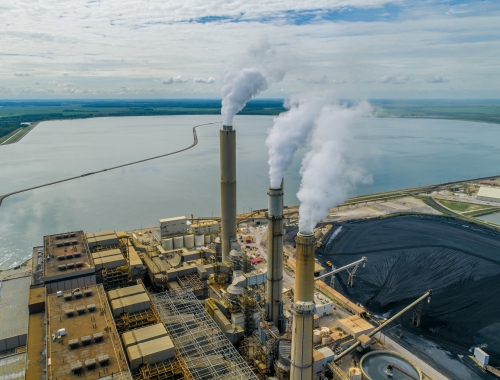Australia looks at solar powered LNG plants
SUMMARY
A recent report examined the potential for integrating solar power into existing land-based Australian LNG plants to reduce their carbon dioxide (CO2) emissions.
By Shardul SharmaPOSTED IN:
A recent report examined the potential for integrating solar power into existing land-based Australian LNG plants to reduce their CO2 emissions. Since these plants have already been built, the study investigated technologies to retrofit these facilities.
The report, titled Wider Benefits and Industry Blueprint for the Integration of Solar Power into LNG Plants, was released by the Energy and Resources Institute at Charles Darwin University and National Energy Resources Australia (NERA), an Australian government-funded research body.
The key objectives of the study were to identify barriers and limitations to large-scale solar integration, analyse LNG power generation and technical modifications required for different configurations, identify appropriate renewable energy supply options and opportunities in the supply chain, business growth and employment and quantity emission reduction potential.
The study found that a considerable amount of solar PV power can be integrated into LNG plants across Australia through retrofitting. If the maximum amount of technically feasible changes identified through this approach are enacted, it is estimated that the onshore LNG plants in the Northern Territory would reduce CO2 emissions by 19%, Queensland by 18% and Western Australia by 21% from the emissions arising due to their electricity and stationary energy demand.
That equates to emissions reductions of about 5mn metric tons/year of CO2 at existing production capacities. If all changes were able to be implemented before 2030, these emissions reductions would account for 4-9% of those needed for Australia to reach its emissions target, the report said.
The amount of new infrastructure that would be needed to facilitate the proposed solar power systems would lead to significant employment opportunities, the report said. During an installation stage of ten years, 1,890 full-time jobs would be needed, and a further 868 ongoing positions would be created for the operational phase.
Overall, the solarisation of Australian LNG plants would lead to financial, environmental, economic and employment benefits for the country, the report said.







